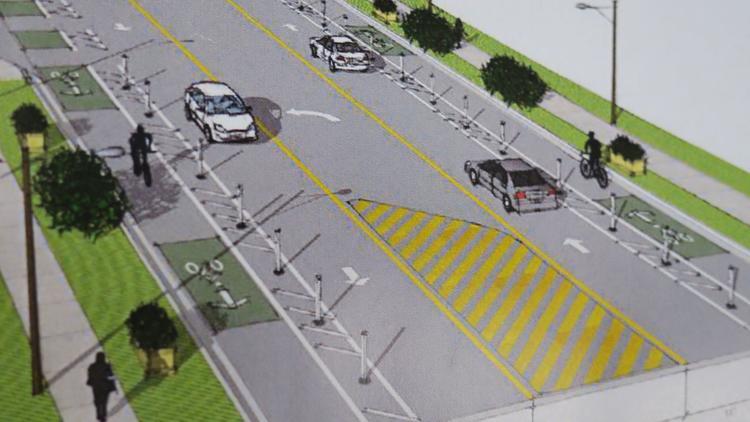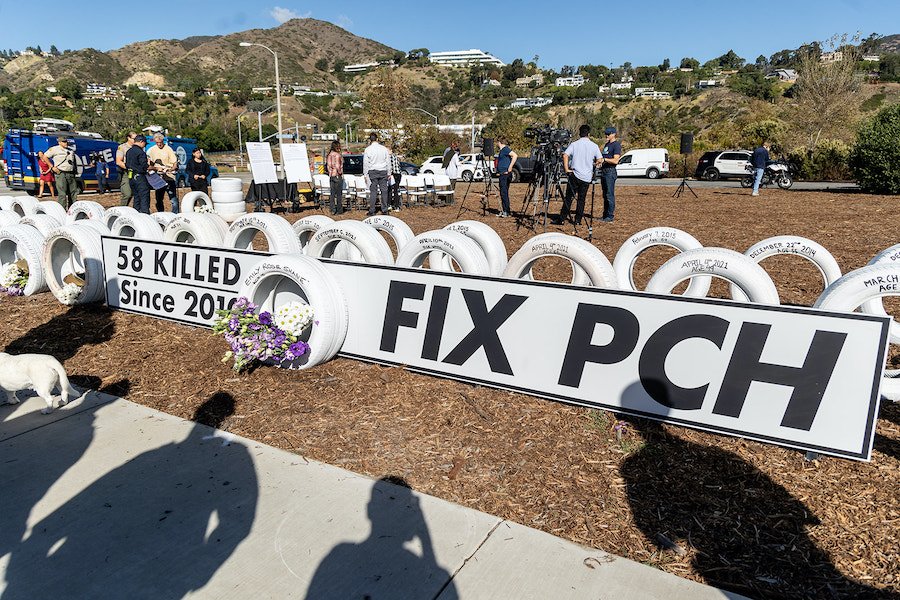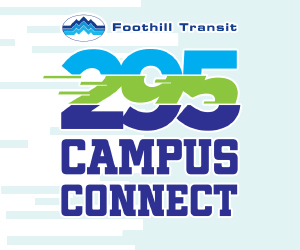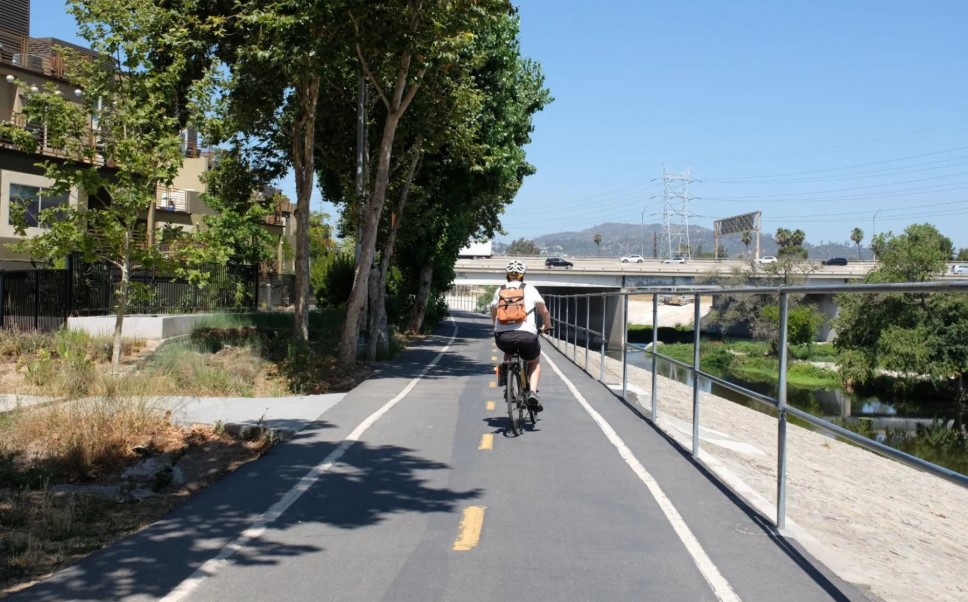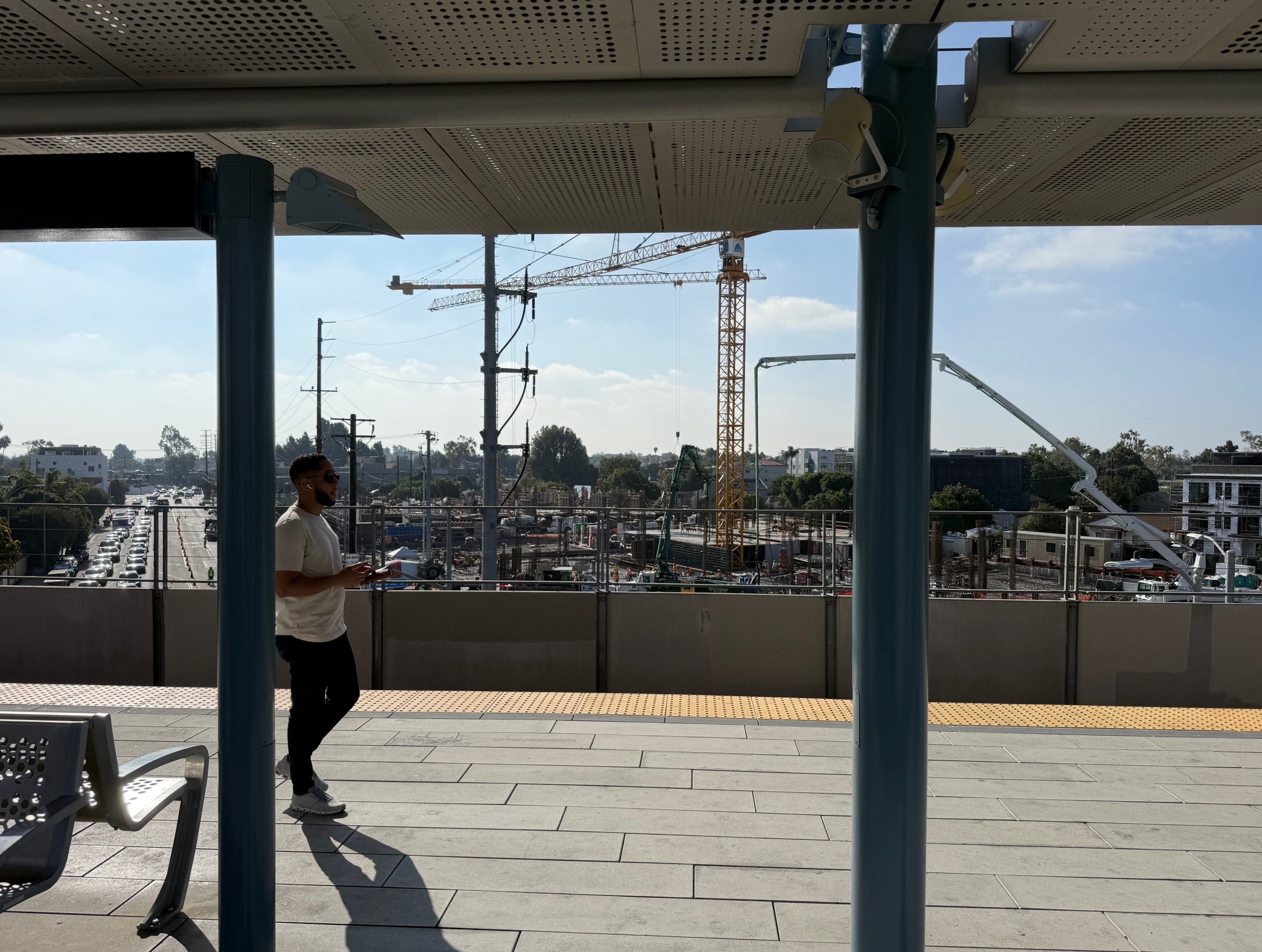Florida routinely ranks as one of the most dangerous states in the country for walking. And walking in Orlando is deadlier than in any other major city in Florida -- and the nation.
But the city's new transportation director, Billy Hattaway, is a reformer. And he's trying to change the wide, high-speed roads that put people at risk.
First up is Curry Ford Road, which locals describe as a "race track." The city is planning to test out a redesign using low-cost materials on half a mile of this four-lane street, according to the Jacksonville-based blog Modern Cities.
By trimming it down to two through lanes for motor vehicles with a center lane, the city will have room for curbside bike lanes separated from cars by vertical posts. A similar road diet on Orlando's Edgewater Drive (without the bike lanes) reduced traffic injuries 71 percent, but that was nearly two decades ago.
During the four-week pilot on Curry Ford Road, the city will collect data on safety, vehicle speeds, and walking and biking volumes. If the results show the redesign has made a difference, the city may extend it and make it permanent.
In addition to the Curry Ford Road project, Orlando is planning two permanent street redesigns downtown, according to the Orlando Sentinel, but those are capital projects expected to take years to implement.
Keep an eye on Hattaway's initiatives in Orlando. If this city can turn its dangerous streets into safe places to walk and bike, anywhere can.
More recommended reading today: The Bicycle Coalition of Greater Philadelphia reports thatMayor Jim Kenney has approved two long-sought protected bike lanes through Center City. And the Dallas Morning News says DART has to take bus service seriously, or else systemwide ridership will continue to decline.
